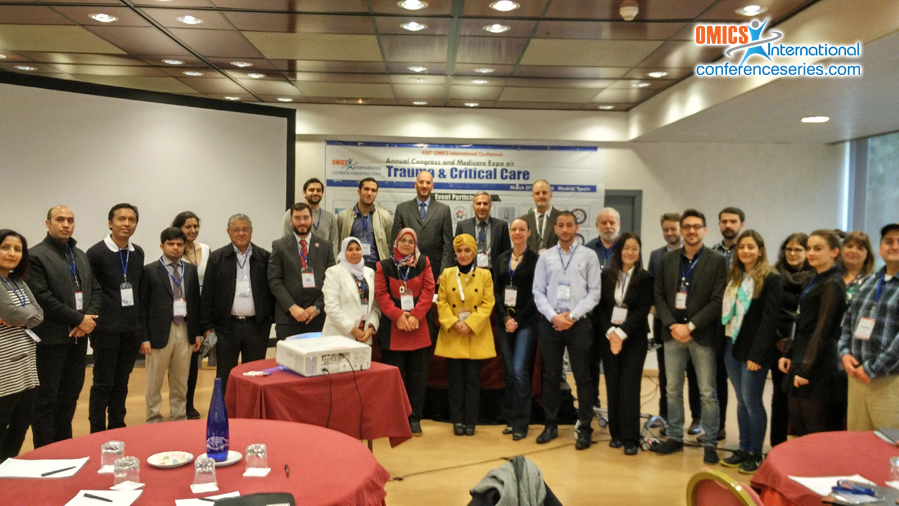
Biography
Biography: Willy Aasebo
Abstract
Alcohol (ethanol) is probably the most commonly used intoxication agent worldwide. During the latest decades the possible beneficial effects of moderate use of alcohol have been focused on. Alcohol abuse may cause death by a variety of causes, including accidents, violence and the many diseases that alcoholics may obtain. However, binge drinking may also cause unexpected sudden deaths, but the exact mechanism behind these deaths is not known. Many of the reports on alcohol related deaths have been casuistic, but sudden unexpected deaths have been reported more often in person drinking alcohol regularly than others. Alcoholics may have autonomic neuropathy (caused by functional changes in nervous vagus) increasing their risk of arrhythmias. In alcoholics cardiac arrhythmias, as the holiday heart syndrome, has been described in relation to binge, and atrial fibrillation may be caused by, or is at least associated with, alcoholism. Arrhythmias have also been reported when non- alcoholics drink. Thus, ventricular tachyarrhythmias degenerating into fibrillation is a possible cause of deaths by alcohol intoxication. In general, no single variable in the ECG can predict cardiac arrhythmias, though some features have been associated with later development of arrhythmia. Prolongation of the QTc interval has, during the last decade, been identified as such a risk factor. In an effort to create hypothesis on how alcohol in high blood concentrations affect the ECG, we collected ECGs from all patients that were admitted to our hospital for alcohol intoxication during a one year period and from before they were discharged. Mean alcohol blood concentration was 2.9‰. We measured durations of P-waves, PR intervals, QRS complexes and QTc intervals. We also measured voltage, thinking that if voltage differed from intoxicated to sober in the same patient; this might indicate a mechanism of action from alcohol. Finally, we measured QT dispersion (QTd), even though the significance of QTd has been disputed. We described prolongations in several ECG intervals, but also interesting differences in voltage and QTd in persons with high blood concentrations. Most important is, probably the QTc interval prolongation which has been described by other investigators also. The prolongation of QTc interval has also been found to persist during the abstinence phase in alcoholics. The studies on this topic are few and have methodological difficulties. However it is important to find out more about how alcohol (Ethanol), being as popular as it is worldwide, affects the risk of arrhythmias.

